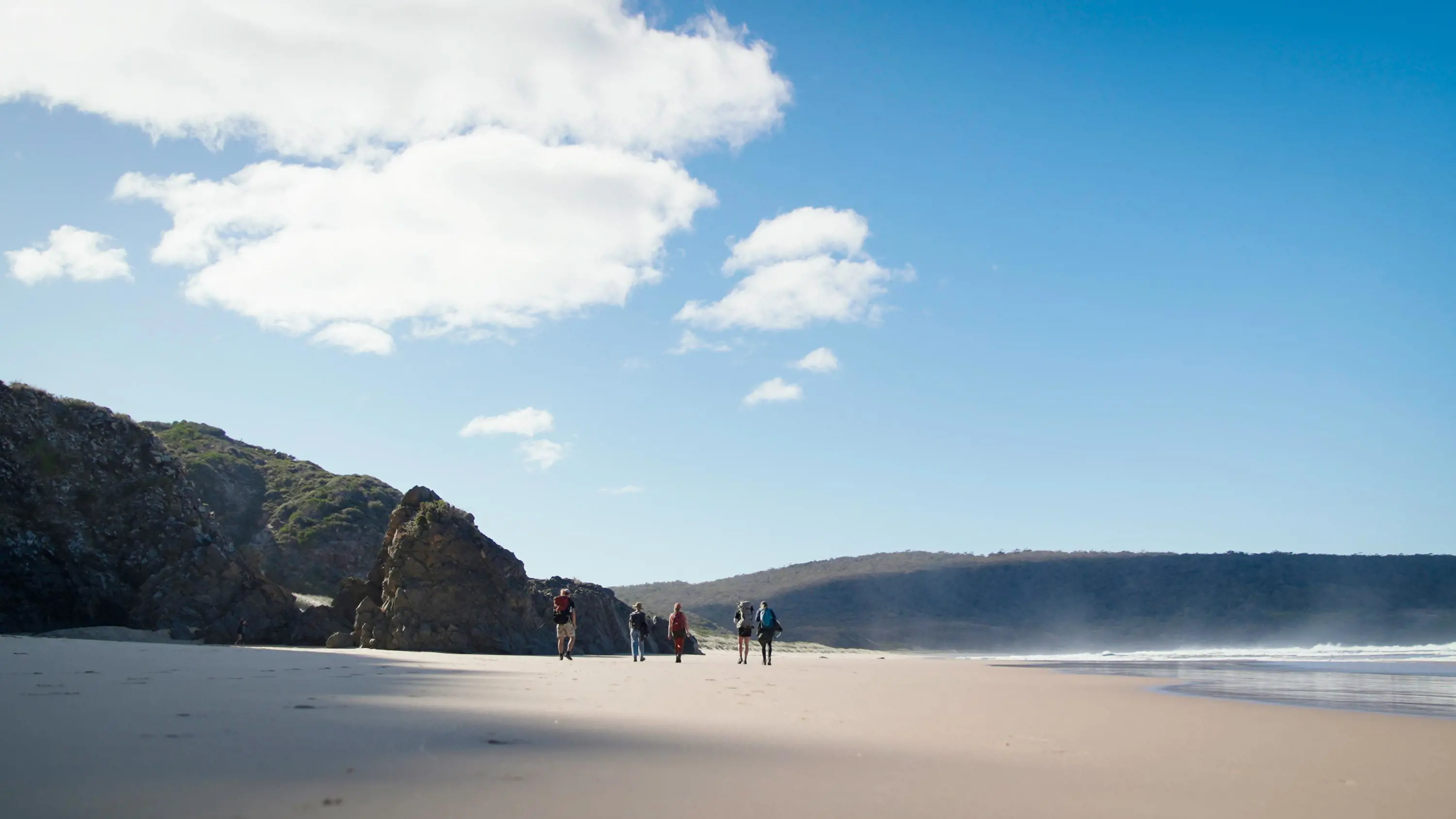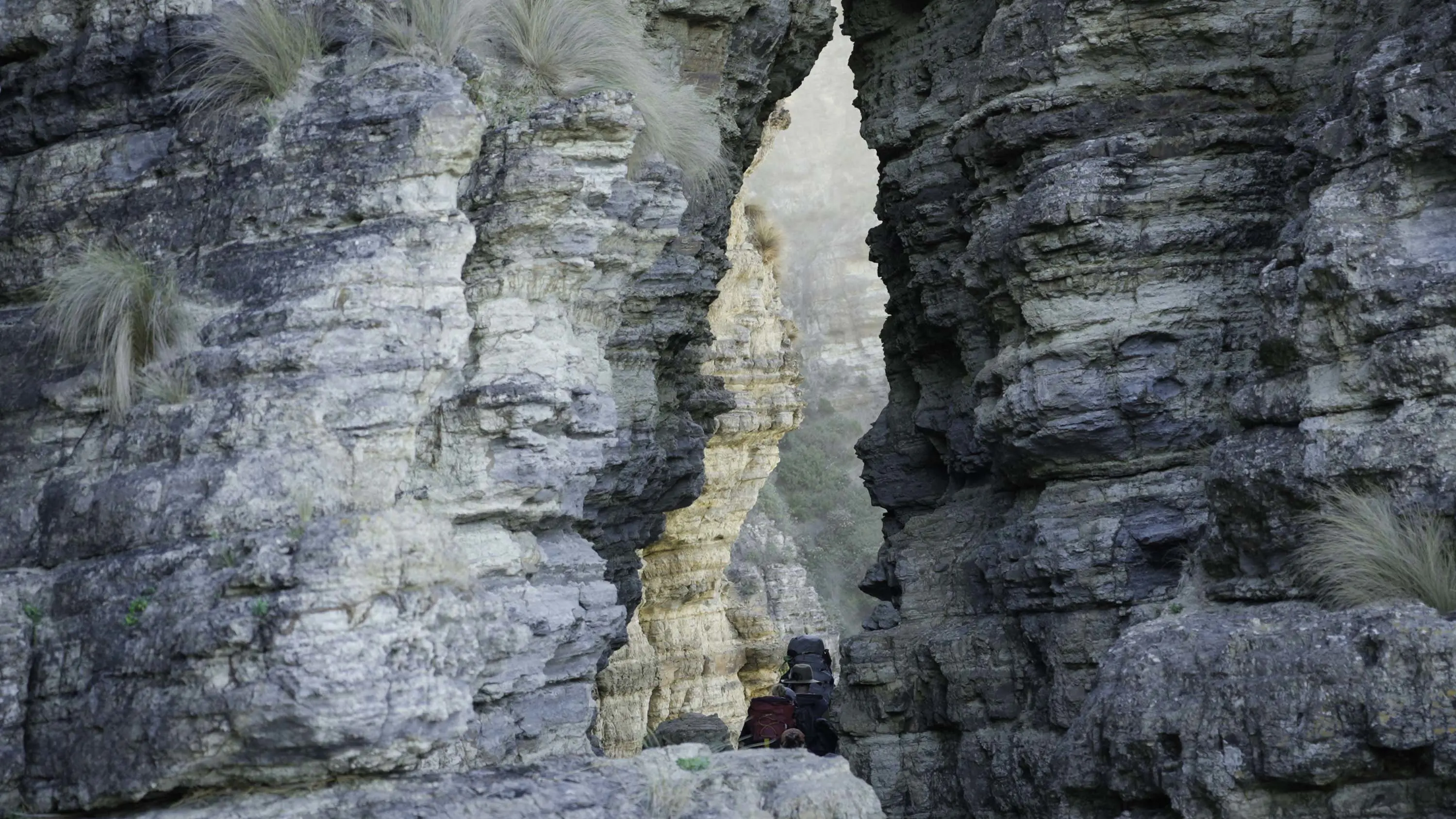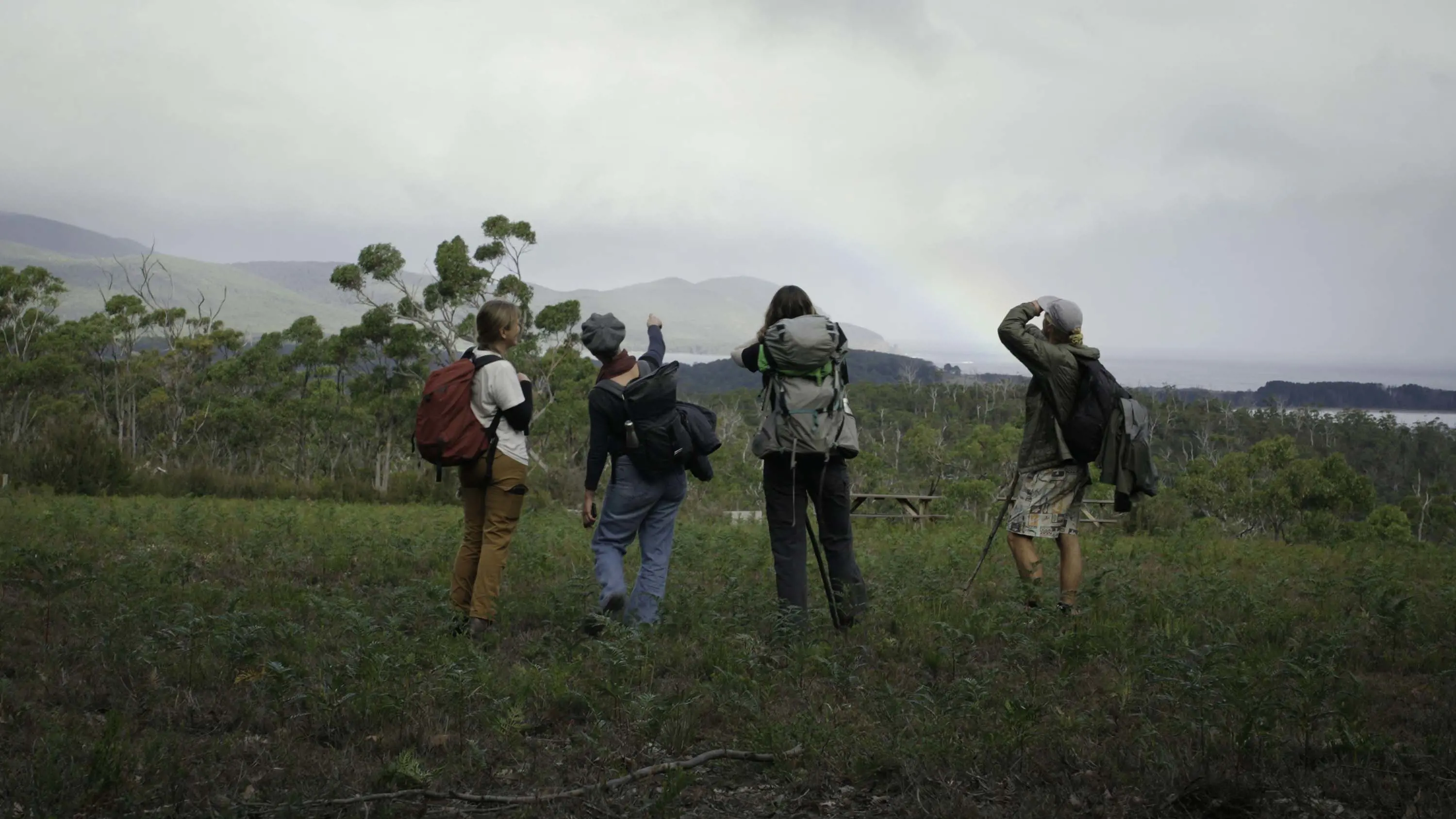
Slowing down in a fast-paced world is as simple as taking a breath and connecting with nature, according to Kirsten Bradley.
A Tasmanian resident of five years, and a fan of the island for far longer, Tasmania isn't just a home for Bradley; it's a love affair with nature.
"It's my favourite place in the world," she says.
Bradley founded Milkwood Permaculture with her partner Nick Ritar in 2006. Their mission: to educate, to inspire, and to empower people in permaculture living, organic vegetable gardening, and mushroom cultivation. The essence of Milkwood is fostering a profound connection with nature.
"This is the biosphere that's nourishing you on a daily basis," Bradley says. "The more you can get to know it and the more you can live in some reciprocity with it, the better for the ecosystem around you, the better for you – for your heart and soul."
A grower, educator and writer, Bradley felt Tasmania’s allure not only in its picturesque scenery but in its ecological diversity. From the serene embrace of the coast to the majestic peaks of the mountains, Tasmania's landscapes serve as a muse for her teachings.

A Bruny Island beach, Tasmanian Walking Company
Travelling slowly
Bradley says the philosophy of permaculture applies just as much to travel.
“There's a permaculture principle that values the edges and the marginal,” she says.
It's often the little places around the edges that I find most interesting and beautiful…rather than in the middle of the really big things.
The Milkwood Creative Director believes travel isn’t about ticking off landmarks at breakneck speed; it's about embracing the smell of things, the trees, the sounds at dawn. It’s being immersed in a place rather than packing everything into a day.
“Less is sometimes more,” she says. “I love a bit of slow travel. I would much rather be somewhere for days on end rather than whizzing around.
“If you want to have a positive impact on the places that you go, as well as really deeply nurture yourself, then taking a bit more time and going at a bit of a slower pace is really going to get you there a lot faster.”

Bruny Island rock formations, Tasmanian Walking Company
Treading around Bruny
A wild isle south-east of Hobart, Bruny Island is one place where time slows to a soothing pace.
Bradley found a tranquil travelling tempo on Tasmanian Walking Company’s Bruny Island Long Weekend, in collaboration with Inala Nature Tours. The three-day guided walk asks you to tap into a gentler flow and take it all in.
“There's a real soft and slow pace to it, which is as nourishing as all the beautiful things we're seeing and eating,” Kirsten says.
I love the human pace of walking. It moves you through a landscape and through an ecosystem in quite a different way.
The guided walk took Kirsten through Bruny Island’s breathtaking natural landscapes, teaching her about local flora and fauna and the importance of their protection along the way.


The hike traverses sweeping coastal paradise Cape Queen Elizabeth, with its striking rock arch framing a portal to the sea; the epic coastline of Adventure Bay; lush Mavista Falls; foodie heaven Great Bay to shuck some oysters; and the 1500-acre Inala Private Conservation Reserve. Beguiling animals take refuge here, such as pademelons, Bennett’s wallabies, echidnas, the endangered forty-spotted pardalote (a tiny dotted bird) and the critically endangered swift parrot (a tiny green bird). The island itself is home to all 12 of Tasmania’s endemic bird species, so keep an eye out for the yellow-throated honeyeater and the yellow wattlebird, among others.
“It is about walking to beautiful places and then coming back to eat something delicious,” Kirsten says.
The off-grid campsite is kitted out with luxurious king beds, a bespoke kitchen and hot showers, powered by solar panels and rainwater. Heat up by the fire with a feast of food with low food miles, sourced fresh from the island.

Kirsten Bradley at Tasmanian Walking Company’s Bruny Island campsite

Bruny Island produce at Tasmanian Walking Company’s campsite
Walking the walk in sustainability
Tasmania Walking Company is a leader in the ecotourism space.
The carbon-neutral company’s philosophy of fostering simplicity and environmental and cultural integrity has earned it a Green Travel Leader certification from Ecotourism Australia. Meanwhile, Inala Nature Tours champion conservation efforts on Bruny Island.

Hiking on Bruny Island, Tasmanian Walking Company
On the journey, Bradley was struck by both businesses’ passion for having a positive impact on the environment.
“They're reusing everything from the composting of the leftovers … to the folks that grow the mushrooms that then come back to our dinners here,” she says.
The magic of the experience lies not just in the landscapes or local cuisine, but in the profound commitment to sustainability: from the well-loved lunch boxes to the compost toilets with knockout nature views, and the 'leave no trace' hiking ethos.
"This experience has changed the way that I think of sustainable tourism," Bradley remarks. “It’s given me a lot to think about. It’s very inspiring.”
Kirsten Bradley was a sponsored guest of Tourism Tasmania.

Rainbow-spotting on a Bruny Island hike, Tasmanian Walking Company
Sustainable travel FAQs
Is there sustainable accommodation in Tasmania?
Many Tasmanians are passionate about creating unique accommodation sensitive to the surrounding environment. These stays are an experience in themselves, with green-powered houses placing you in the wilderness; eco-luxe retreats melding contemporary design with natural materials; energy-efficient tiny homes surrounded by wildlife; and rustic farm stays allowing you to give back to nature during your stay. Browse some of Tasmania’s sustainable stays here.
How can I learn about Tasmanian Aboriginal culture?
Sustainable practices are part of the Palawa (Tasmanian Aboriginal) tradition. Learn about the First Peoples’ long held connection to Country on a Palawa owned and led experience. Hike through the Larapuna / Bay of Fires area on a multiday cultural tour with wukalina Walk, or taste bushfoods fresh from the source at Risdon Cove with Palawa Kipli. Discover more Palawa experiences here.
What are the best guided wilderness walks in Tasmania?
Combine wild elements with luxurious perks on a guided walk through Tasmania’s top spots. Hike the legendary Overland Track (65km) while staying in huts on Cradle Mountain and enjoying local wine and produce; see Maria Island’s natural highlights on a glamping adventure; or make the most of soft mattresses and warm showers on a four-day lodge walk along Tasmania’s striking Three Capes Track at Turrakana / Tasman Peninsula. Explore Tasmania’s top guided wilderness walks here.
